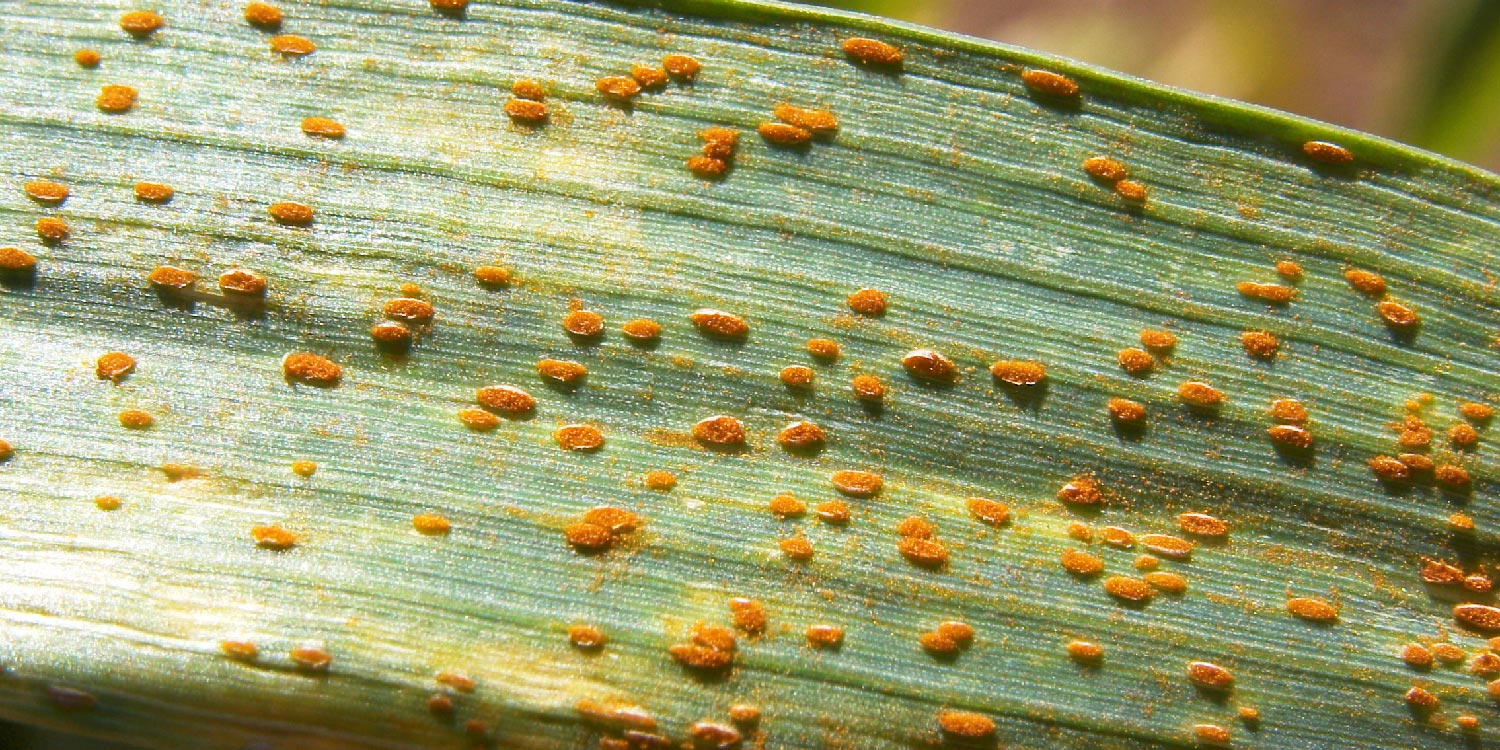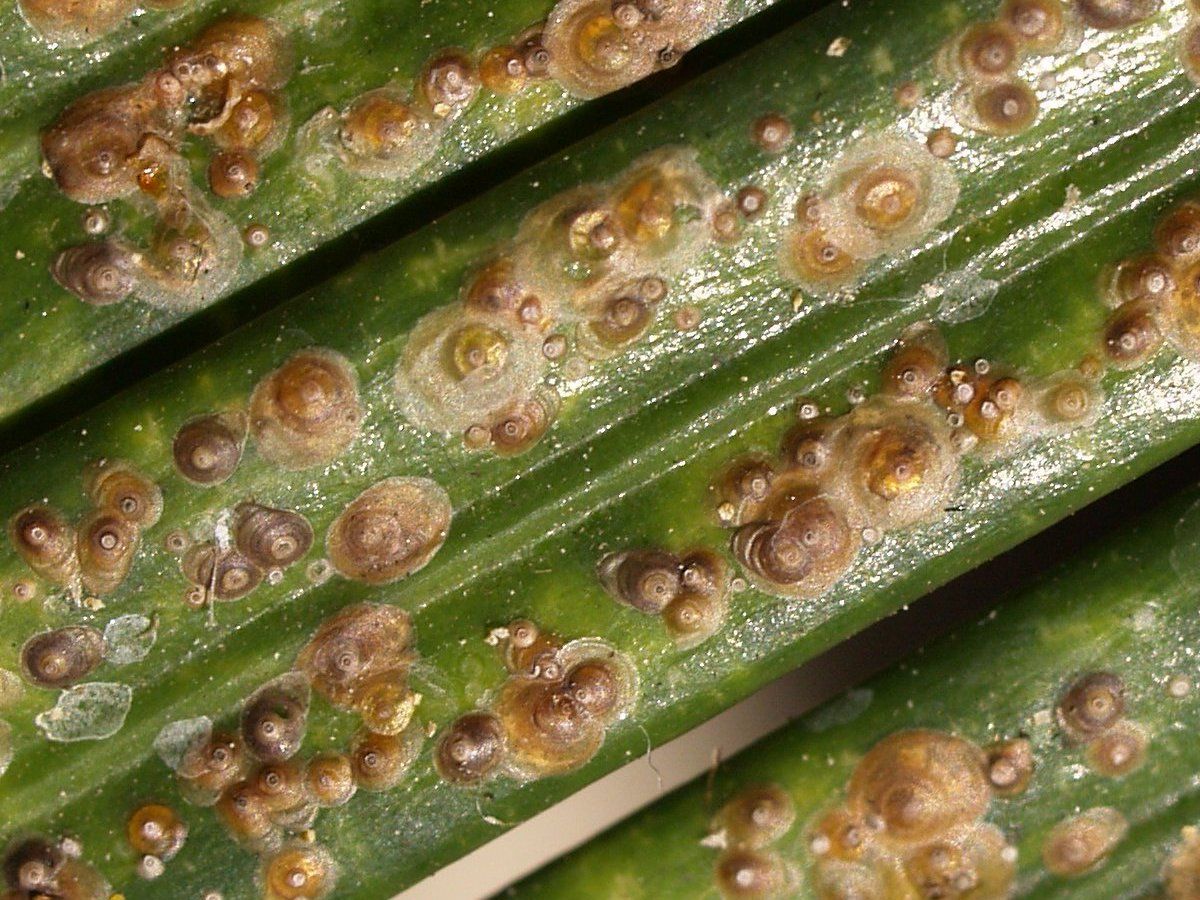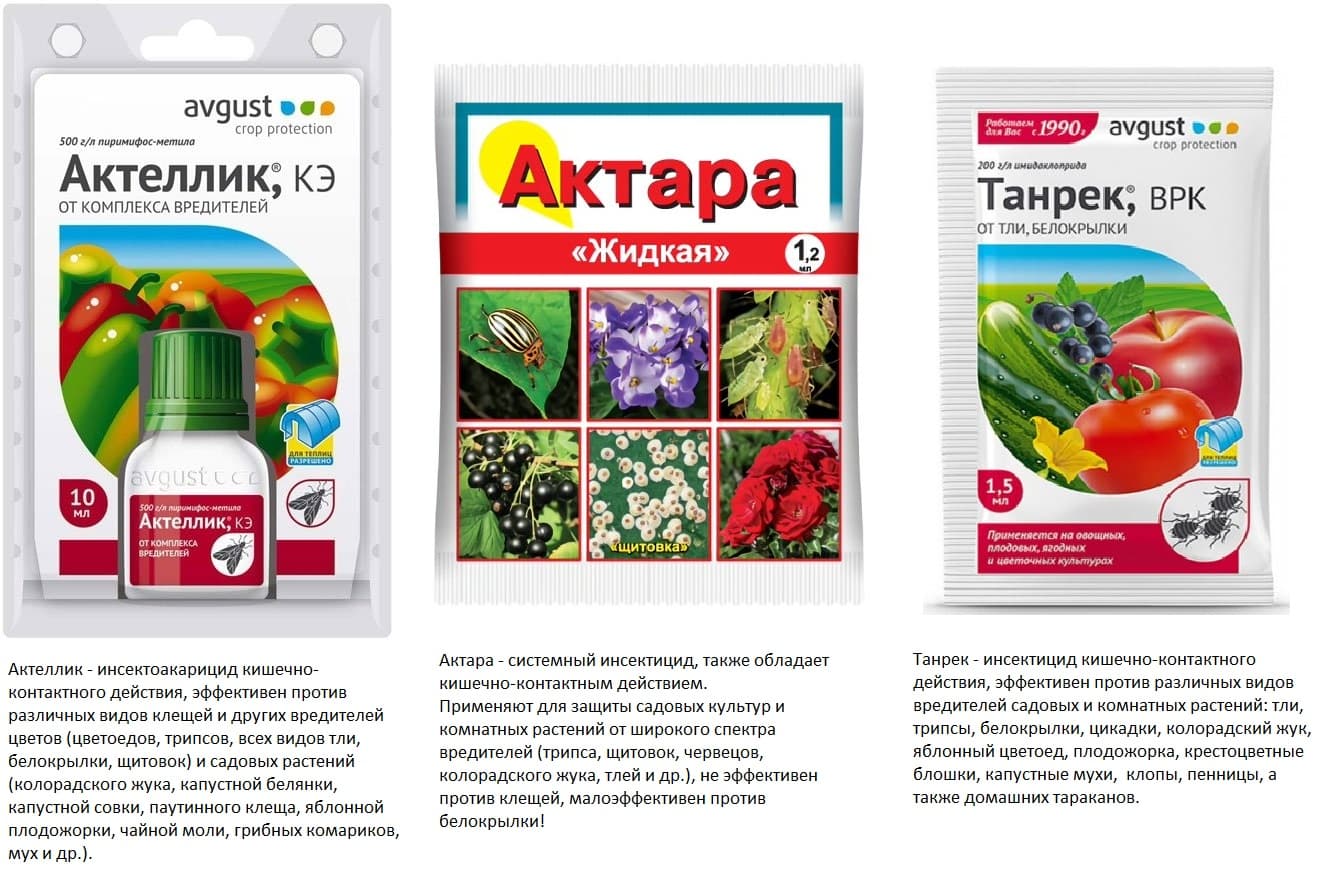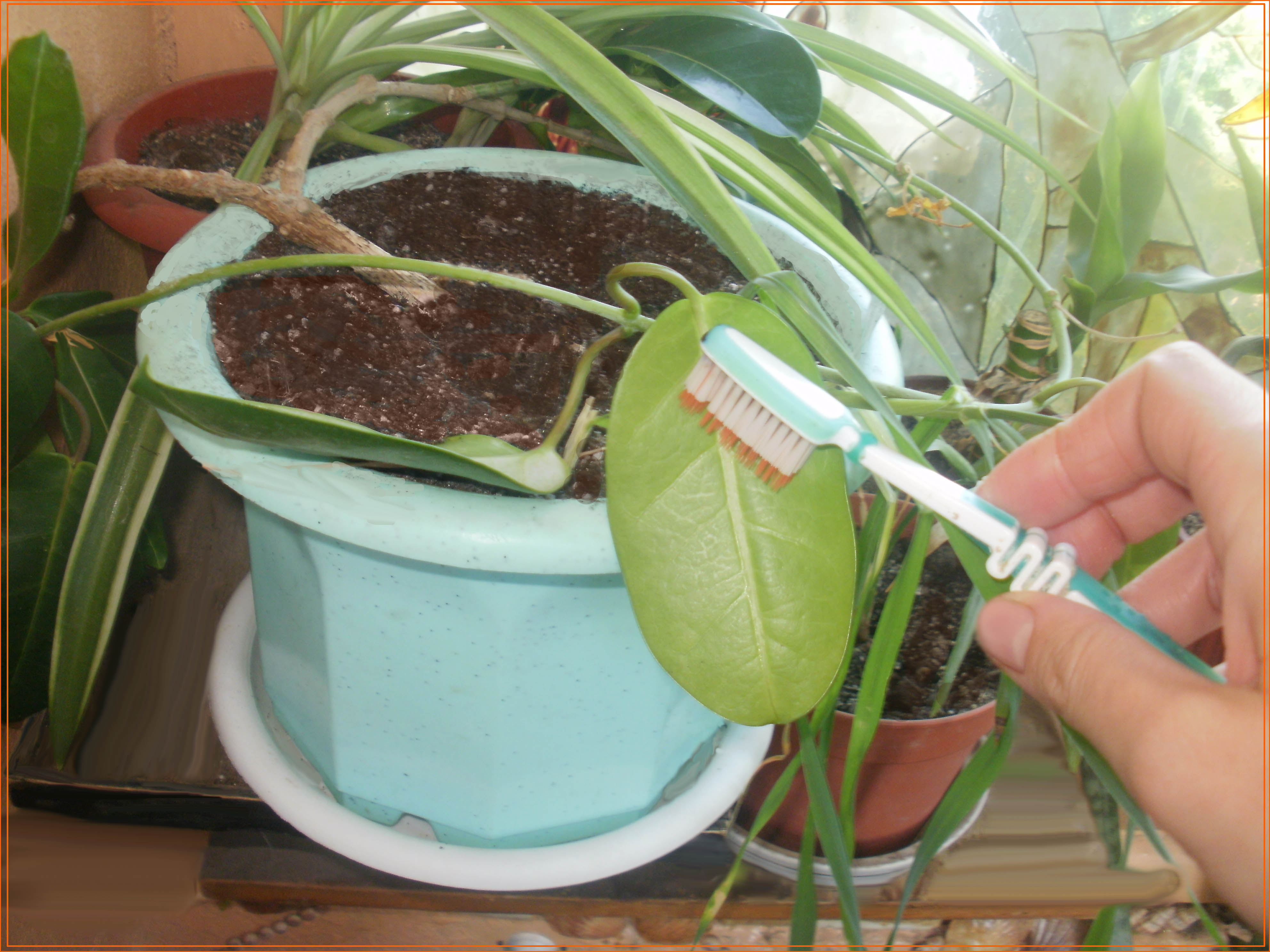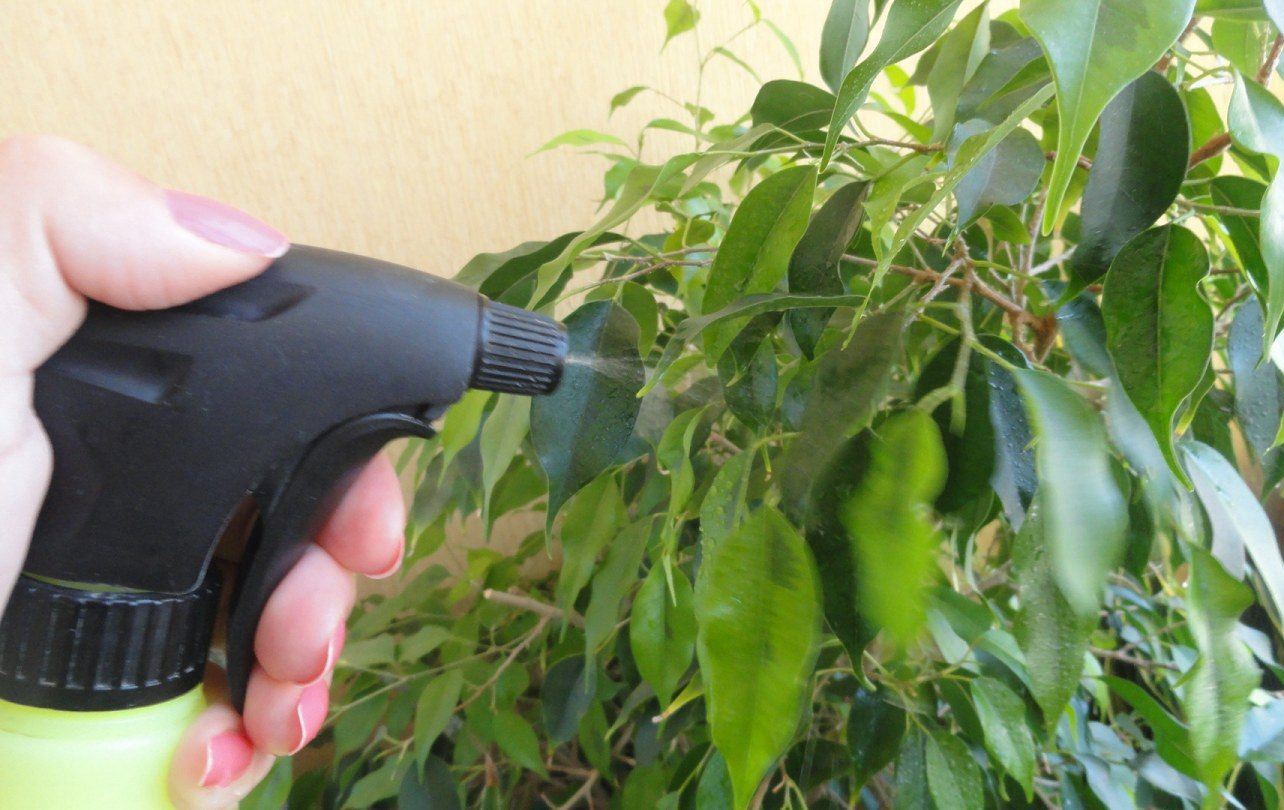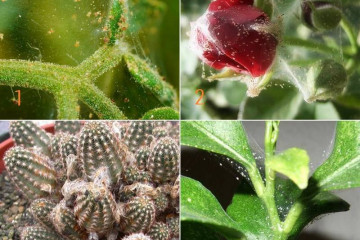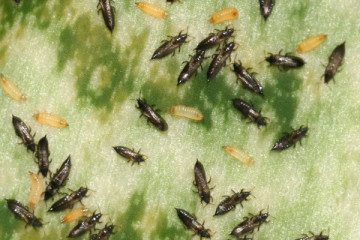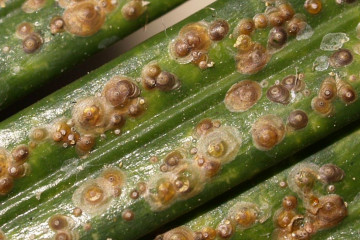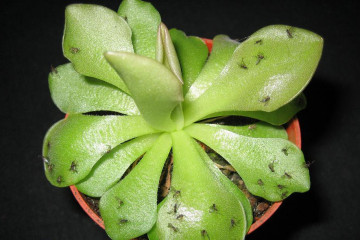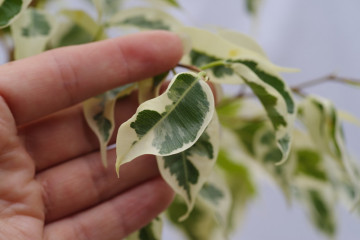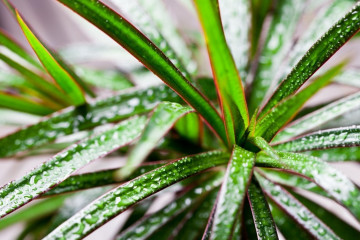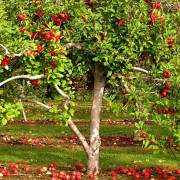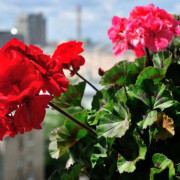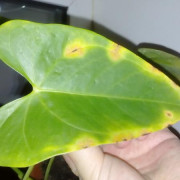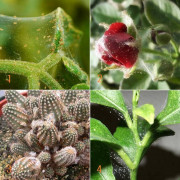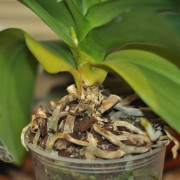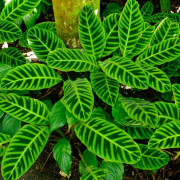Scabbard on indoor plants - how to fight at home
Content:
The real scourge of indoor plants is the scale insect, the most common pest. She does not disdain even poisonous plants. It multiplies very quickly, and it is very difficult to remove it. The first thing that flower growers should take care of is preventive measures aimed at protecting plants from insects. It would be good for every flower lover to know what to do if a scabbard appears on indoor plants, how to deal with it at home.
What does a scabbard look like on indoor plants
The scale insect is a parasitic mite belonging to the family of Homoptera. Lives off the fact that it feeds on the juice of green spaces. The size of the pests varies from 0.5 to 5 mm, depending on which species they belong to. If small tubercles have appeared on the leaves, then, most likely, a scabbard has appeared on them.
There are differences between females and males. Females have a more powerful and rounded shell, often lacking wings, legs and eyes. They are absolutely motionless. Males have well-developed wings and legs. The shell is slightly weaker than that of females, oblong in shape. Underdeveloped mouth. Males have a very short lifespan, they die immediately after mating.
During breeding, females lay eggs on the leaves, from which larvae appear over time. They are active for a short time, for several days, and then become stronger on stems and leaves.
What harm does the scale shield do to indoor flowers
The appearance of scale insects on indoor plants is really destructive for them. There are cases when pests have destroyed a fruit tree in 3 - 4 years. And this is not an exaggeration. In practice, when a scale insect is found in the garden, a quarantine is declared.
Leaves infected with the scabbard first turn yellow, then dry out completely.
Signs of damage with a scabbard
You can understand that indoor flowers in the house are affected by the scabbard by several signs:
- The appearance of plaques on leaves and stems. These are small raised spots, the shade of which varies from light yellow to brown.
- The formation of a sticky coating. At an early stage of infection, droplets with a transparent and sticky structure are observed. And over time, plaque forms on the entire surface.
- The plant stops growing. Leaves turn yellow, dry up and fall off.
Very often, a fungus forms at the places of settlement of the scale insect. All this contributes to the clogging of pores, disruption of photosynthesis. If the plant is not helped, it will dry out completely.
False shield on indoor plants
In addition to the scale insect, there is a similar insect, the false scale insect. They can look the same and beginner growers often confuse them.
But there are several signs by which you can easily distinguish pests from each other.
If a false shield has settled on a plant, then there is no sticky liquid and plaque on it.The carapace is not firmly attached to the insect's body. Therefore, if you take up the flap, it will immediately detach from the calf. Differs in carapace and shape. In scale insects, it is rounded, like a pea, in false scales, it is flatter.
How to get rid of scale insects on indoor plants
It is difficult to get rid of the scale insect at home. Pests are reliably protected by a shell, and eggs with larvae are not visible to the naked eye.
Chemicals
In the event that the pests were not noticed on time, and the scale spread has spread en masse, then it is necessary to turn to chemistry. They act by spraying or moistening the soil with insecticides. With this method, the agent used gets to the pests through the sap of the plants.
The most effective hormonal insecticides are:
- Admiral;
- Fitoverm;
- Corado;
- Aktara;
- Confidor;
- Tanrek.
Of the phosphorus-containing preparations will help to get rid of the scabbard:
- Kemifos;
- Fufanon;
- Actellic.
The product is dissolved in liquid according to the instructions on the package. But, it should be remembered that getting rid of the pest involves repeated processing. Watering and spraying is repeated several times until the characteristic symptoms disappear completely.
Folk remedies for scale insects on indoor plants
Often, experienced florists use folk methods in the fight against the scabbard. They are preferred due to the absence of toxic substances. They are less effective, therefore they are used only if the spread of pests has not become widespread.
The recipe for folk compositions:
- A mixture of soap and alcohol. 1 tbsp. l. dissolve liquid soap and alcohol in 1 liter of water. The composition is whipped until a thick foam is obtained and applied to the stems and leaf plates of the plant. After 1 hour, the product is washed off with clean water.
- Oil and soap. It is necessary to mix 10 g of machine oil and the same amount of soap, then add 30 ml of water. The soil in the pot is protected by covering it with polyethylene. The resulting mixture is applied to the plant and left for 12 hours. After a lapse of time, the solution is washed off.
- A combination of washing powder and burdock oil. Add 10 g of powder and burdock oil to 1 liter of water, stir and let it brew for 4 hours. The resulting composition periodically wipe the leaves and stems of the indoor flower.
- Use of wood ash. In 1 liter of liquid, 300 g of ash are dissolved, heated and allowed to boil for about 30 minutes. Before applying the solution to a diseased plant, it is diluted in 10 liters of water. The soil must be protected with polyethylene.
- Capable of dealing with pests and capsicum. It is passed through a meat grinder, and then a solution is prepared in the ratio: for 2 liters of liquid, 100 g of crushed pepper. Let it brew for a day, after which you can spray the flowers. The processing frequency is 2 weeks.
- Vinegar essence is used as a prophylactic agent after mechanical treatment. All parts of the flower are wiped with a weak vinegar solution.
Prevention measures
Disease is better prevented than cured. Therefore, flower growers should pay attention to the timeliness of preventive measures from the scale insect. They consist of five steps:
- The introduction of quarantine. This applies to newly acquired plants. They are initially placed in a separate room and prophylactically sprayed with insecticides and fungicides.
- Conducting systematic monthly treatments with soapy water.
- Regular pruning of plants. As soon as yellowed and wilted leaves appear, they must be removed. In no case should you leave fallen leaves in the pot - they must be removed.
- Carrying out disinfection measures in the form of treating the plant with a weak solution of potassium permanganate.
- Providing proper care for indoor flowers. Eliminate crowding of flowering plants on the windowsill, adherence to temperature and humidity levels will help minimize the likelihood of a scabbard.
These insects love heat and stuffy rooms. Therefore, you need to try to systematically ventilate the room, but not create drafts. And in the summertime, bring flowers to the balcony, providing fresh air. This process is called the hardening of the specimens by flower growers.
As you can see, it is difficult to get rid of the scale insect during mass infection. Therefore, it is necessary to take all measures to prevent the occurrence of pests. If the plants are carefully inspected, and regular treatments are carried out, then your favorite flowers will not be threatened with infection. They will be able to delight with their beauty for a long time.
